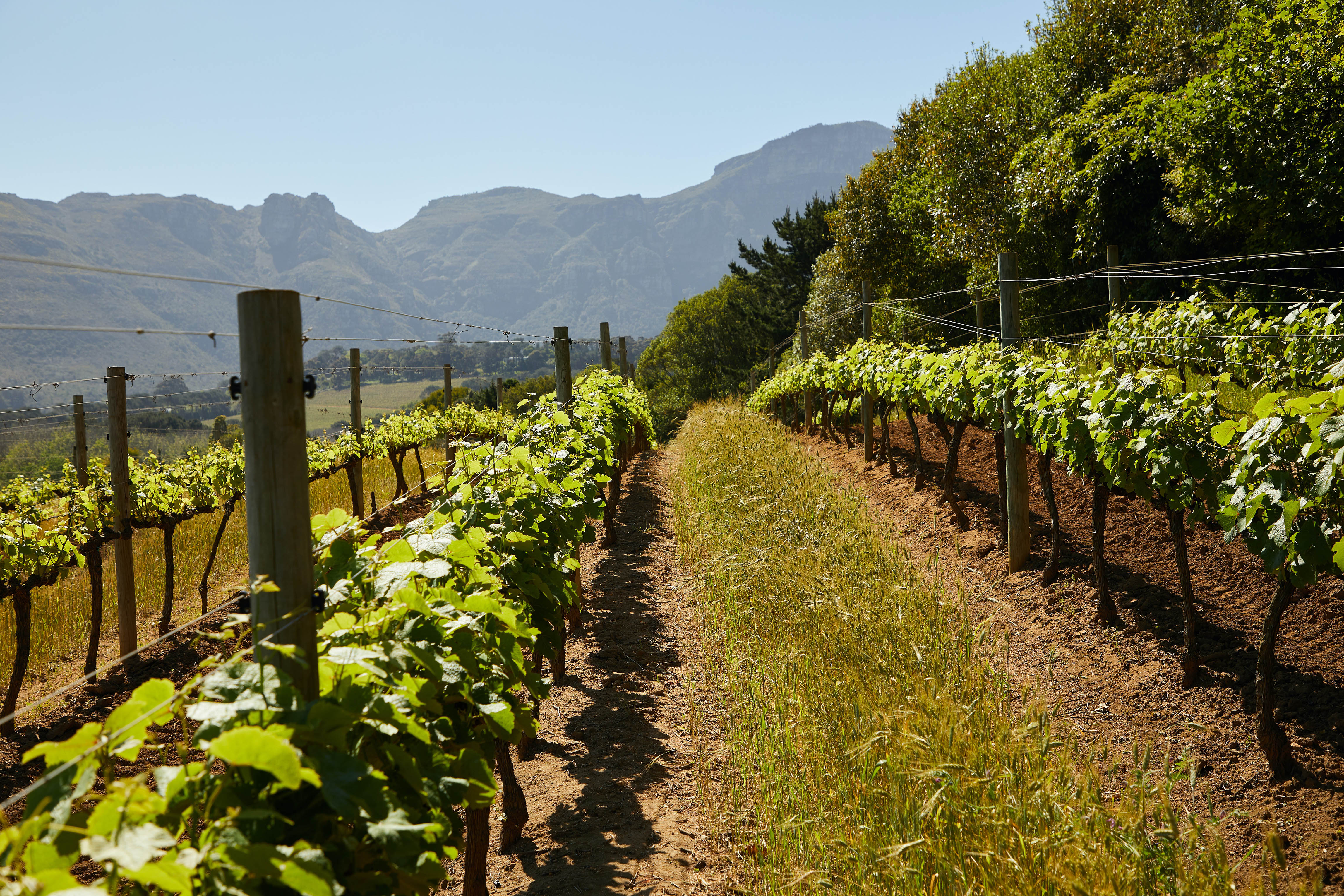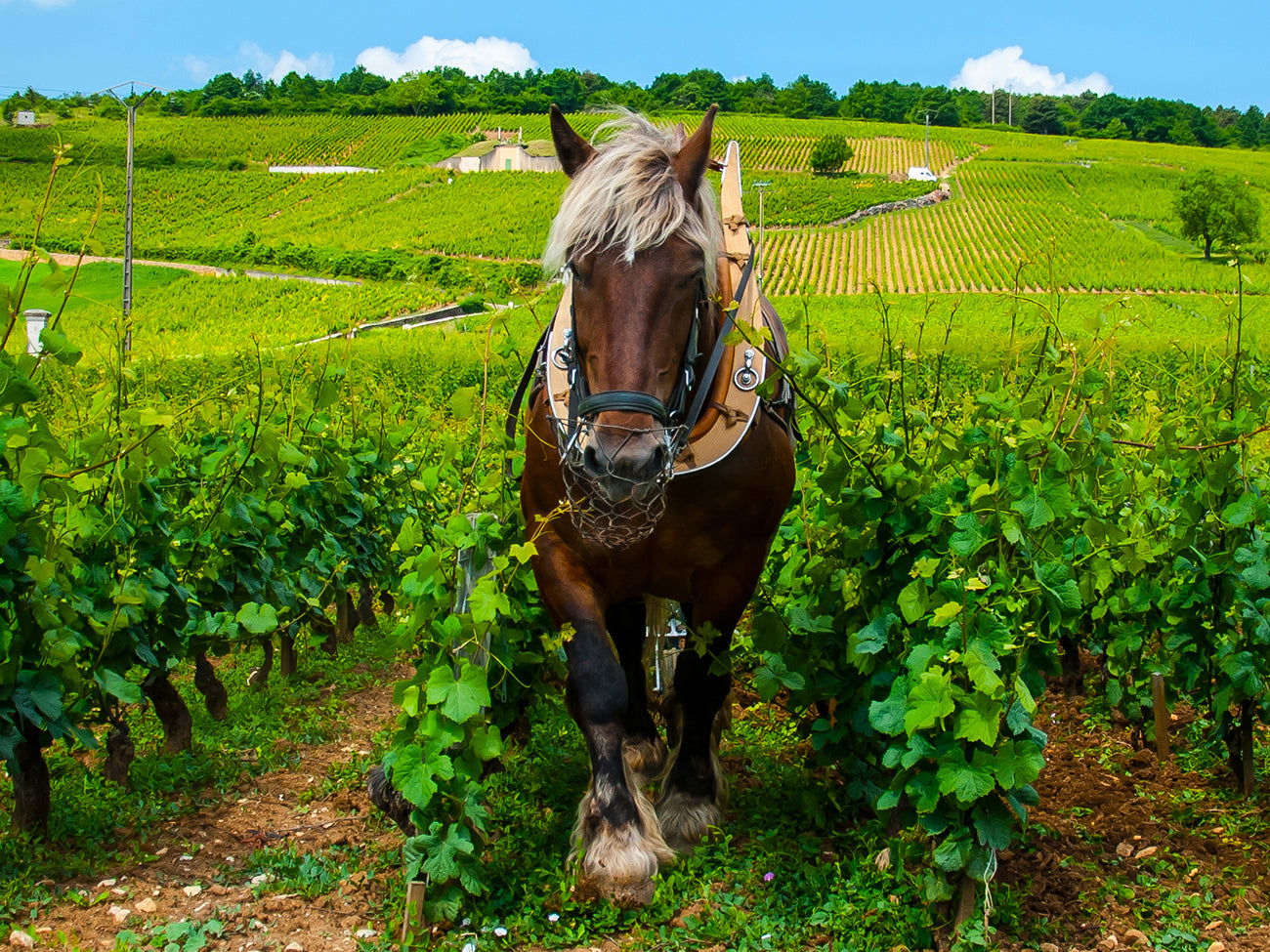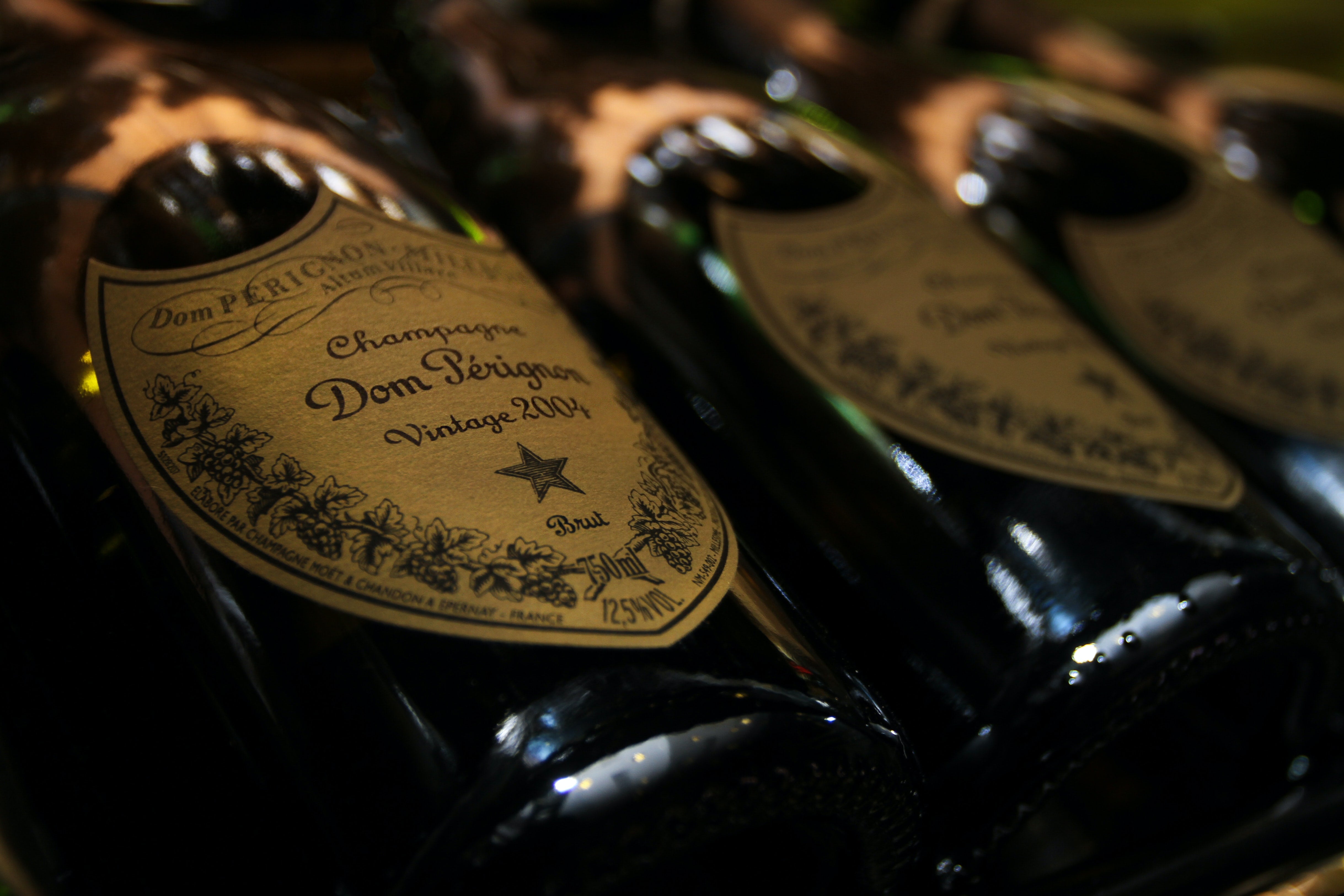
Terroir: From the soil to the grape
Terroir is everything that influences the growth of the vine and the ripeness of the grape. The climate, the soil, topography such as altitude and position in relation to the sun. The word terroir is derived from the word T erre , which means earth in French. In this blog you can read about how climate, soil and the vine ultimately determine the taste of the wine.
Influence on the taste of the wine
Terroir determines how the grape grows and what aromas the wine can develop. Terroir is unique everywhere and only a maximum number of vines can be planted in a certain place. Each grape produces different wines in a different terroir. The wines from, for example, the hilly areas of Burgundy will therefore also have a more expensive price tag. These vineyards are located in a unique place where the Pinot Noir & Chardonnay grape comes into its own best. Unfortunately, only a maximum number of grapes can grow on a certain terroir. The supply of wine from Burgundy is small and the high demand leads to high prices. No matter how good the terroir is, in the end the winemaker remains the one who performs the art and will determine the quality of the wine.

Climate influence on taste & structure
When must (grape juice) is made into wine, the sugars in the grape are converted by yeasts and bacteria. This is called the fermentation process . During this process, three by-products are created, namely carbon dioxide, sulphite and alcohol.
The less sugars in a grape, the less alcohol is created in the wine. The alcohol determines the body of the wine, also known as the structure. The more alcohol, the thicker the structure. Wines from a cool climate such as Germany and Austria therefore have relatively less alcohol and are therefore also juicier.
The climate also influences the taste of the grape and the wine. White wines from a cool climate have aromas of fruit with acids such as green apple and citrus. The vines have had less sun and as a result the grape has been able to develop less sugars and contains more acids. Aromas of white wines from a warm climate tend more towards tropical fruit. The vines get more sun and that results in grapes that have developed more sugars.

Soil
The soil ensures that the vine receives its moisture and nutrients. Therefore, the soil is the basis of the vine. In addition, the soil has a great influence on the taste of the wine.
The ideal soil is a soil that does not contain too many nutrients, otherwise it limits the quality and ripening of the grape. The vine has to work harder to get nutrients due to poor soil. This will ensure that the roots go deeper into the soil. Ultimately, this also has a positive effect on the sturdiness of the vine, making the vine more resistant to bad weather conditions.
The juice of the grapes originates at the very bottom of the root. The juice travels from the root to the vine and then to the grape. The deeper the root, the longer the path through the soil, the more flavor and concentrated the juice. This is also the case with older vines. The older a vine gets, the deeper the roots go. This benefits the flavor of the wine and in France this is indicated on the bottle as: V ieilles Vignes.
grapevine
The vine consists of roots, rootstock, trunk and leaves. Each part of the plant has an essential function for the grape. The roots provide nutrients and branching takes 7 to 10 years, so that the plant is firmly in the ground. The grapes themselves grow on the trunk and the leaves ensure that the vine is supplied with energy.
Plant density
The quality of the grape is partly determined by the planting density of the vines on the vineyards. Up to 10,000 vines can be established per hectare. If the vines are close together, the roots have to work harder for nutrients. The soil must be fertile to provide all the vines with nutrients. The planting density also determines whether harvesting is done by hand or by machine. With a high planting density, a machine will destroy everything. Harvesting with machines is also difficult or sometimes even impossible in vineyards that grow steeply.

The climate, soil, altitude and position in relation to the sun will determine how the grape will develop itself. This is the basis of a good wine. But when the grape is harvested, the winemaking really begins. The quality and taste of the grapes can be exceptional, but without the craft and art of the winemaker, they will never become special wines.


